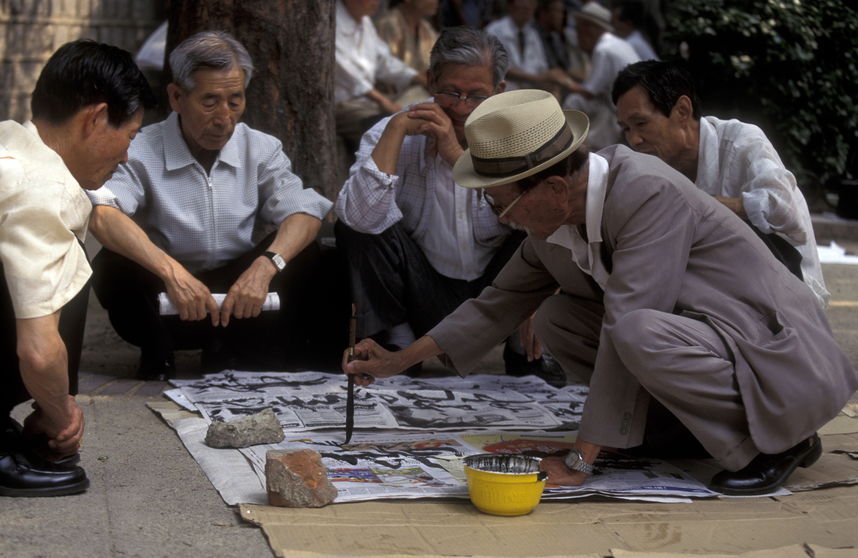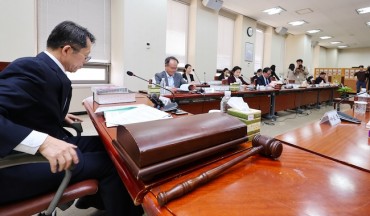
It anticipated elderly households to account for 24 percent of all household consumption by 2020, an increase from 18.8 percent in 2015. (image: KobizMedia/ Korea Bizwire)
SEOUL, Nov. 9 (Korea Bizwire) – Amid stagnant growth of local household consumption, a recent study indicated that the elderly will play an essential role in leading Korea’s future consumption.
According to the report – Consumption Status of the Elderly and its Implications – compiled by the Bank of Korea’s research bureau, the contribution rate for consumption growth by elderly households (aged 60 and above) will likely increase from 38.5 percent (2011 – 2015) to 62 percent (2016 – 2020). The rate refers to the percentage a group takes up of total consumption growth of all households.
“We expect the increase to be driven by the rising number of elderly households as well as increases in private pension and their economic activity,” said the report. “The declining propensity to consume by the older generations will gradually subside from increasing pension payments and extended life expectancy.”
The average annual consumption growth for elderly households should increase from 7.1 percent (2011 – 2015) to a mid-eight percent range (2016 – 2020), the report added, while it also anticipated elderly households to account for 24 percent of all household consumption by 2020, an increase from 18.8 percent in 2015.
The report was largely reflective of Korea’s rapidly aging society.
Over the past five years, the number of elderly households increased by 4.5 percent while total households increased by 1.5 percent. They represented 29.1 percent of all households in 2015, which was an increase from 25.2 percent in 2010.
During the same period, elderly consumers became more economically active, with their pension income steadily rising.
The accession rate for elders rose from 36 percent to 39 percent, while their pension income increased by an annual average of 9.3 percent since 2010, taking up 19.1 percent of their total income in 2015.
However, the report also said that factors such as extended life expectancy, low interest rates, and a cooler housing market are discouraging consumption among elderly Koreans.
“The government needs to strengthen its support policies so that the elderly population can establish itself as a main axis of the Korean economy,” it said. “Increasing the number of jobs for the elderly is one of the ways that can help them stabilize their income.”
It further suggested promoting reverse mortgage loans and expanding the supply of public rental housing to vitalize asset securitization and support weak elderly wages.
By Lina Jang (linajang@koreabizwire.com)






